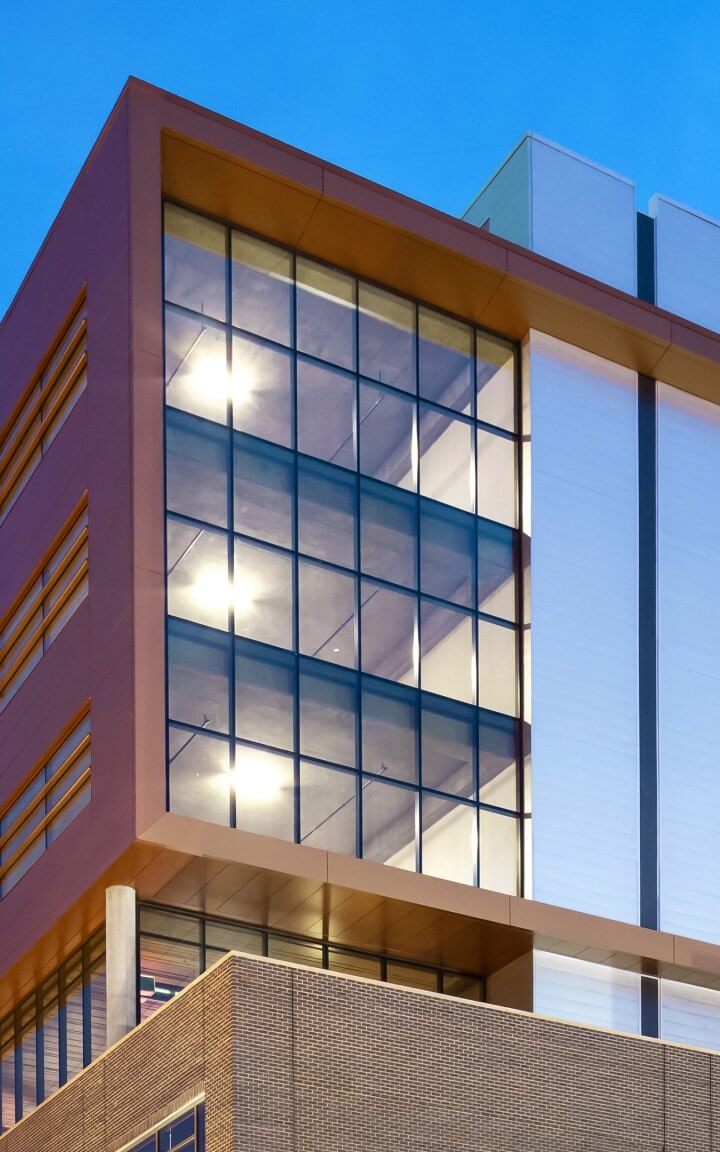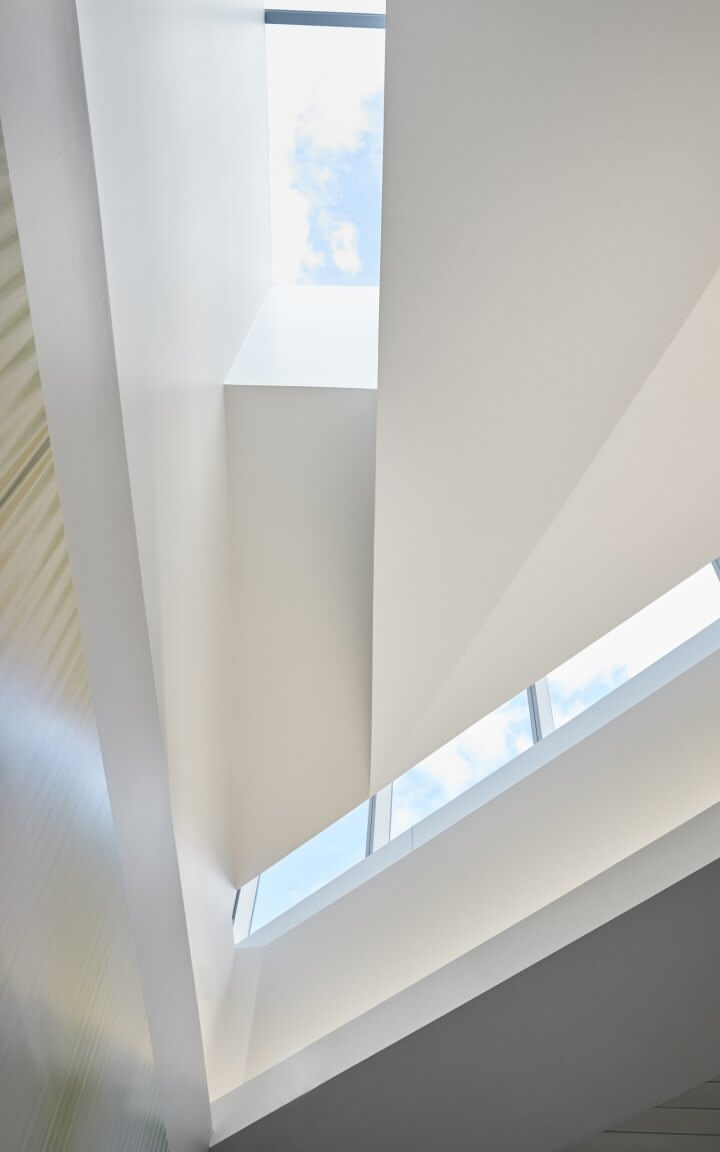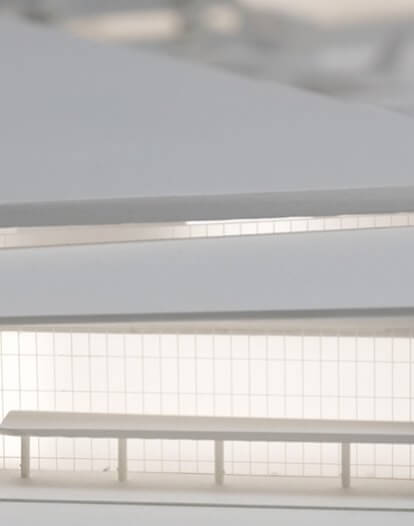Corgan launches free mass timber carbon calculator

Texas-based architecture studio Corgan has unveiled a new tool aimed at improving the accuracy of carbon accounting in mass timber construction. Developed by Corgan’s sustainability division, Echo, alongside its research group, Hugo, the Corgan Mass Timber Carbon Calculator is designed to help architects and designers estimate biogenic carbon emissions specific to mass timber projects.
While mass timber is often praised as a sustainable alternative to conventional materials such as steel and concrete, industry-standard life-cycle assessments frequently overlook emissions from wood harvesting and transport. In particular, the decomposition of tree residues including branches, bark, and roots left behind after logging can release significant amounts of carbon back into the atmosphere.
According to Corgan’s accompanying research report, Understanding Real CO2e Emissions in Mass Timber Production, only 35% of harvested tree material ends up being used in buildings, while the remaining 65% decomposes or is burned, contributing to biogenic emissions. The firm’s analysis includes variables such as slash management practices including composting, pile burning, or mastication, differences in tree species commonly used in US mass timber projects, and emissions from transporting raw materials to construction sites.
The calculator, which is free and publicly available, seeks to enable design teams to compare emissions profiles across tree species and management strategies, supporting more informed material choices from early project phases. According to Corgan, the tool aims to promote greater transparency and collaboration across the architecture, engineering, and construction sectors and help to refine carbon accounting practices.





